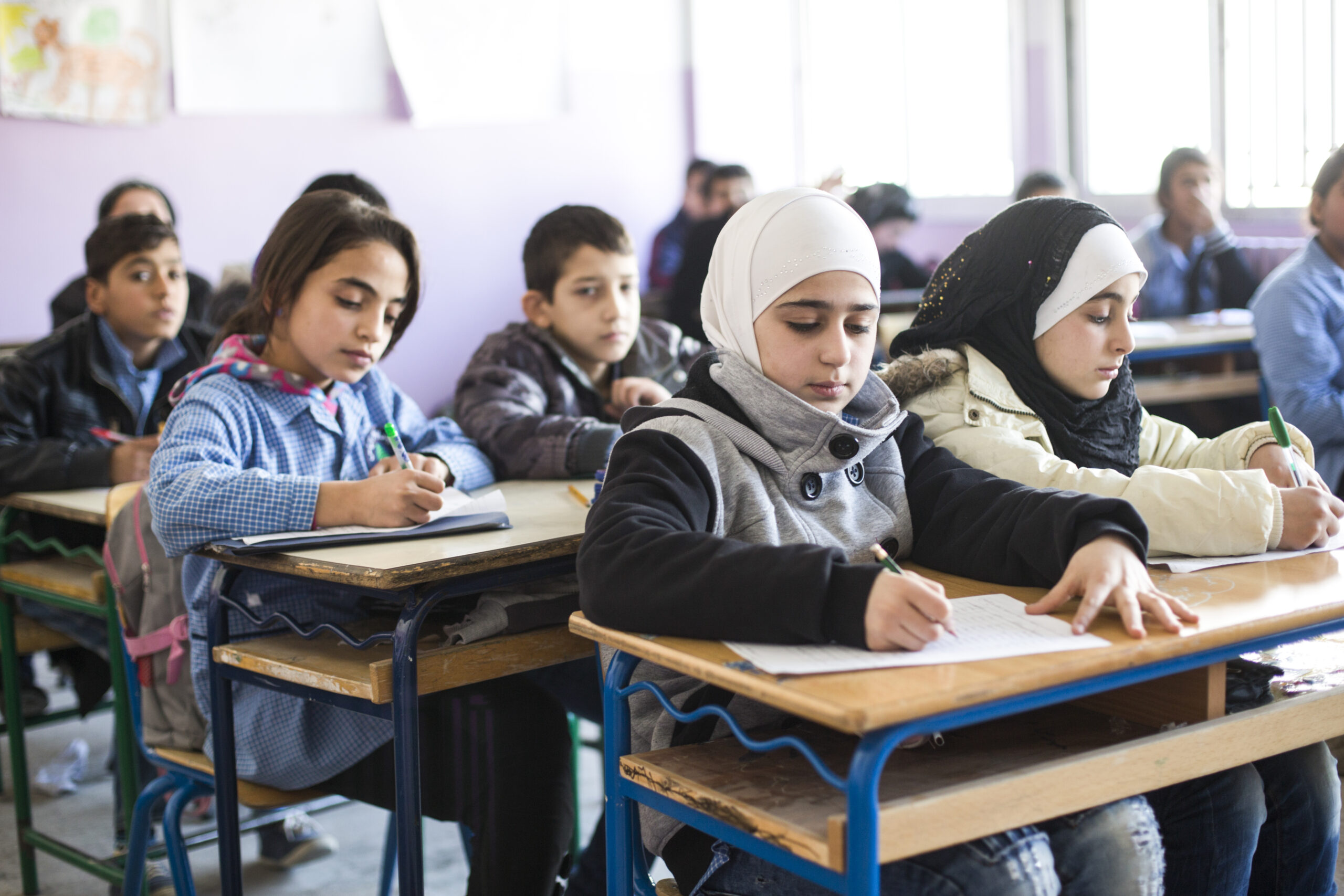As is evident, even after 60 years, universal elementary acim app remains a distant dream. Despite high enrolment rates of approximately 95% as per the Annual Status of Education Report (ASER 2009), 52.8% of children studying in 5th grade lack the reading skills expected at 2nd grade.
Free and compulsory elementary education was made a fundamental right under Article 21 of the Constitution in December 2002, by the 86th Amendment. In translating this into action, the `Right of Children to Free and Compulsory Education Bill’ was drafted in 2005. This was revised and became an Act in August 2009, but was not notified for roughly 7 months.
The reasons for delay in notification can be mostly attributed to unresolved financial negotiations between the National University of Education Planning and Administration, NUEPA, which has been responsible for estimating RTE funds and the Planning Commission and Ministry of Human Resource and Development (MHRD).
From an estimate of an additional Rs.3.2 trillion to Rs.4.4 trillion for the implementation of RTE Draft Bill 2005 over 6 years (Central Advisory Board of Education, CABE) the figure finally set by NUEPA now stands at a much reduced Rs.1.7 trillion over the coming 5 years. For a frame of reference, Rs.1 trillion is 1.8% of one year’s GDP.
Most education experts agree that this amount will be insufficient. Since education falls under the concurrent list of the Constitution, financial negotiations were also undertaken between Central and State authorities to agree on sharing of expenses. This has been agreed at 35:65 between States and Centre, though state governments continue to argue that their share should be lower.
The family, I had been working for, (walia family) had always been caring for me, with occasional slaps and abuses, to which I had become accustomed to and accepted them as a part and parcel of my monthly income of 700 Rs along with square meals and the discarded cloths of the children to the master.
But then that was my life……bhaiya and didi (son and daughter to the master) were both elder to me by 4 or 5 years respectively and during my free time often played along with me, but again I was reminded of my being a servant whenever I forgot that…they had thought me to read and write my name in Hindi, which I always kept scribbling at the corners of the walls which resulted in a colour change of my cheeks to red from white, whenever caught.
That Act being the burning topic of those days always managed to occupy some space at the front page of every news paper, which further became a topic of early morning drawing room discussion for the family as it was that day and just like every normal citizen he also started which his speech, with the critique of right to education act and its loop holes….
LOOPHOLES IN THE ACT
The Act is excessively input-focused rather than outcomes-oriented. Even though better school facilities, books, uniforms and better qualified teachers are important, their significance in the Act has been overestimated in the light of inefficient, corrupt and unaccountable institutions of education provision.
Then the Act unfairly penalises private unrecognised schools for their payment of market wages for teachers rather than elevated civil service wages. It also penalises private schools for lacking the infrastructural facilities defined under a Schedule under the Act.
These schools, which are extremely cost efficient, operate mostly in rural areas or urban slums, and provide essential educational services to the poor. Independent studies by Geeta Kingdon, James Tooley and ASER 2009 suggest that these schools provide similar if not better teaching services when compared to government schools, while spending a much smaller amount. However


